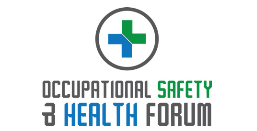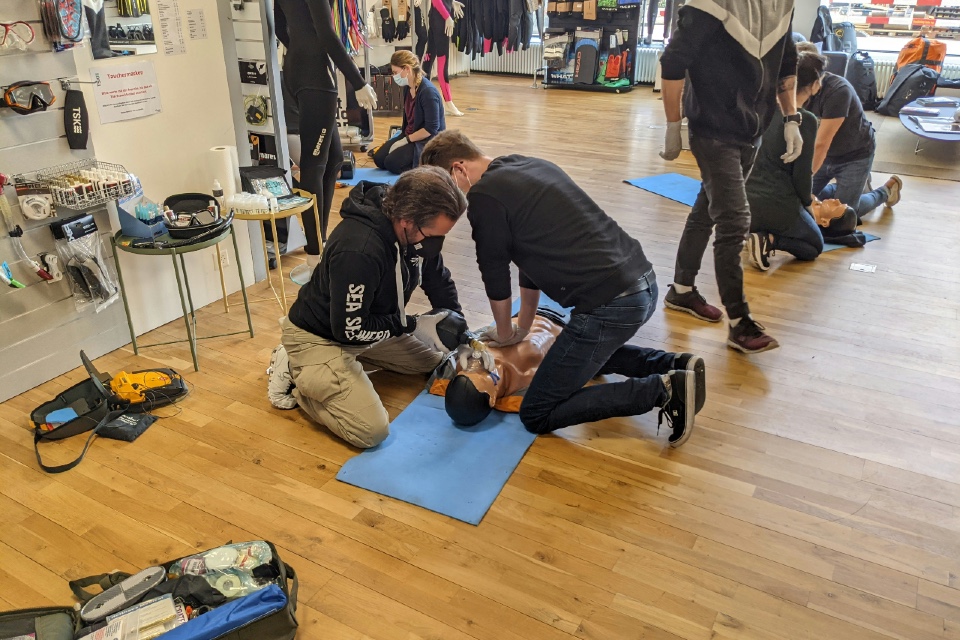As workplace health and safety evolves, staying updated on the latest trends in first aid is crucial for senior occupational health and safety professionals in both the UK’s private and public sectors. With an increasing focus on employee well-being, regulatory updates, and advancements in technology, here are some of the key first aid trends shaping the field in 2024 and beyond…
1. Mental Health First Aid (MHFA)
Mental health awareness in the workplace has become a top priority. Mental Health First Aid (MHFA) is now recognized alongside traditional first aid, with many organizations integrating it into their health and safety protocols. MHFA training equips staff to recognize the signs of mental health crises and offer support, acting as the first point of contact before professional help is accessed. Senior professionals should ensure that both mental and physical health first aid are adequately represented in their workplace training programs.
2. Increased Use of Automated External Defibrillators (AEDs)
Automated External Defibrillators (AEDs) have become a standard in many workplaces due to their proven life-saving potential during cardiac emergencies. Regulatory bodies like the Health and Safety Executive (HSE) encourage businesses to make AEDs accessible, particularly in high-traffic or high-risk environments. Senior professionals should not only ensure the presence of AEDs but also provide regular training for employees on their proper use. Advances in AED technology, including easier interfaces and better connectivity for monitoring and maintenance, are making this essential device even more practical for workplaces.
3. Enhanced First Aid Training
First aid training is becoming more comprehensive and accessible, with the growing use of e-learning and blended learning models. This hybrid approach allows for practical in-person sessions to be combined with online theory, making it easier for organizations to upskill employees efficiently. These courses now often include incident-specific training (e.g., burn injuries, asthma attacks) and additional modules for specialized environments, such as construction sites or laboratories. Senior occupational health professionals should consider adopting these flexible training methods to improve accessibility and retention.
4. Focus on Compliance with Regulatory Changes
In response to evolving workplace hazards, UK regulatory bodies, including the HSE, have updated their guidance on first aid needs assessments. There is now a greater emphasis on tailoring first aid provisions based on specific workplace risks, employee numbers, and industry needs. Senior health and safety leaders must ensure they regularly review these requirements and update their first aid provisions accordingly, ensuring compliance with current standards.
5. Technology-Driven First Aid Solutions
Emerging technologies are revolutionizing first aid. Smart first aid kits that monitor inventory, mobile apps offering step-by-step emergency guidance, and virtual reality (VR) simulations for first aid training are becoming popular tools. These innovations improve response times and equip employees with real-time assistance during emergencies. Senior professionals should explore these advancements to enhance workplace preparedness and training.
Conclusion
With mental health taking center stage, the growing accessibility of AEDs, more flexible training methods, and new technologies, first aid is evolving to meet the changing needs of modern workplaces. Senior occupational health and safety professionals must remain proactive in adapting to these trends to ensure that their workplaces are compliant, prepared, and equipped to handle both physical and mental health emergencies effectively.
Are you searching for First Aid solutions for your organisation? The Occupation Safety & Health Forum can help!
Photo by Martin Splitt on Unsplash





